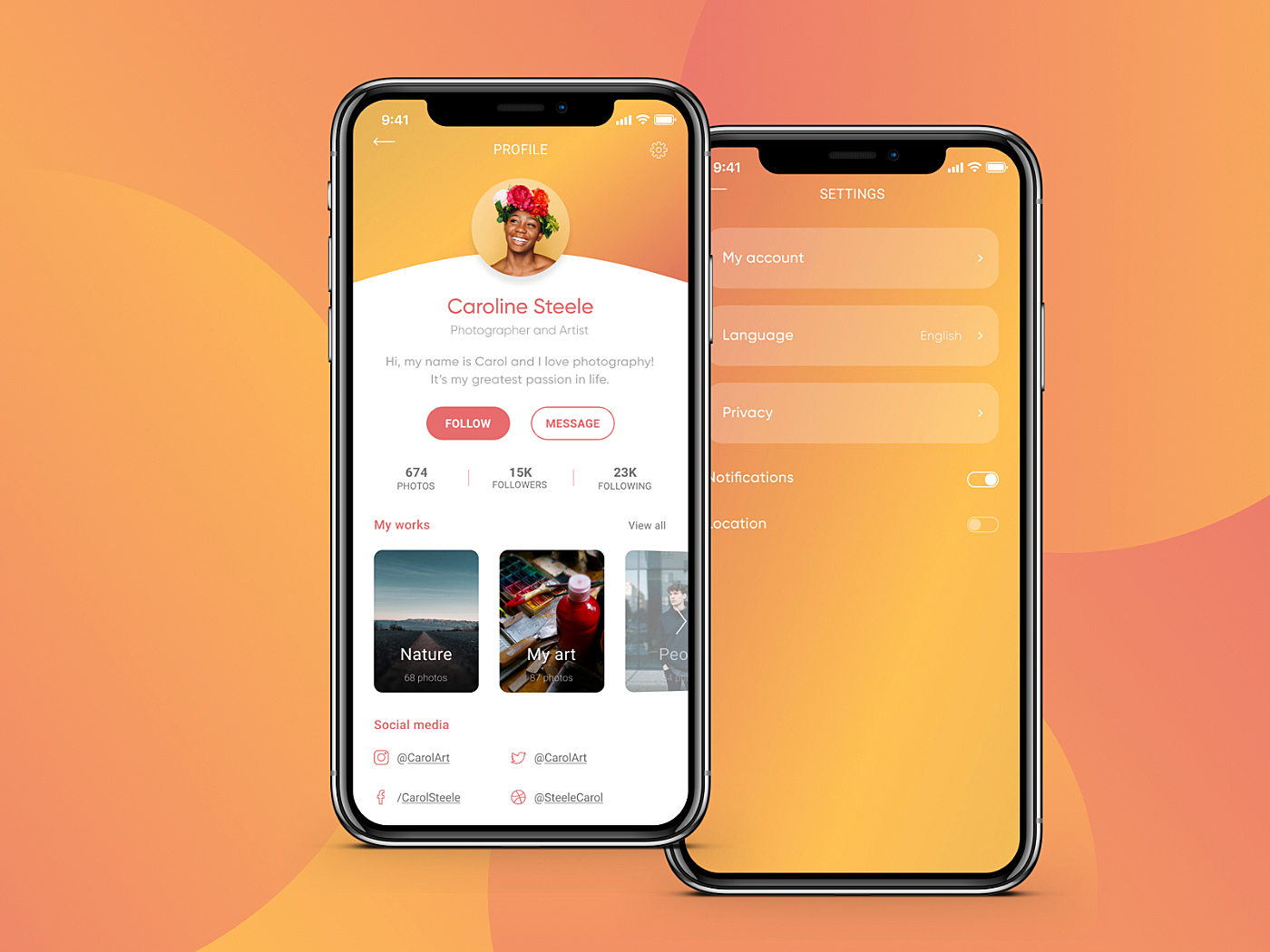

Variables also hold GUI components like labels, checkboxes, text fields, frames, panels, and buttons. Static Variables: declared using a static keyword within a class, outside of a method, and can be accessed by different objects of a class.Instance Variables: declared within a class, outside of a method, and can be accessed by an object of a class.Local Variables: declared inside a method class and can only be accessed by the method.

There are three types of variables in Java: Variables are containers that hold valid values of any data type. To familiarize yourself with Eclipse, it is recommended to read this article. Once you have set up, your workspace should look like this:
#Login to user profile sample page how to#
In this tutorial, we will learn how to design a simple user login page like this: It provides a better and richer set of GUI components with native or cross-platform accessibility that makes the application look the same on different windows. Swing: Swing is a set of APIs containing GUI components used for creating Applications. Since then, Swing has remained the primary Java GUI technology.Ībstract Window Toolkit (AWT): AWT is a set of APIs used to create a GUI for Java applications. Later, it was replaced by Swing in Java SE 1.2. Java’s original GUI library was called Abstract Window Toolkit (AWT). Components such as labels, text fields, buttons, checkbox, JPanel, JFrame on the screen. GUIs offer a visual display of components. Java provides a rich set of libraries to create GUIs in a platform-independent way. In this article, we will learn how to build a simple GUI using Java. If you don't select all roles that Apply, not even you as the Admin will be able to view or edit User profiles from the backend in the "Users" section under "View Profile.Graphical User Interfaces were introduced in reaction to the perceived steep learning curve of Command-Line Interfaces (CLIs).
#Login to user profile sample page update#


 0 kommentar(er)
0 kommentar(er)
